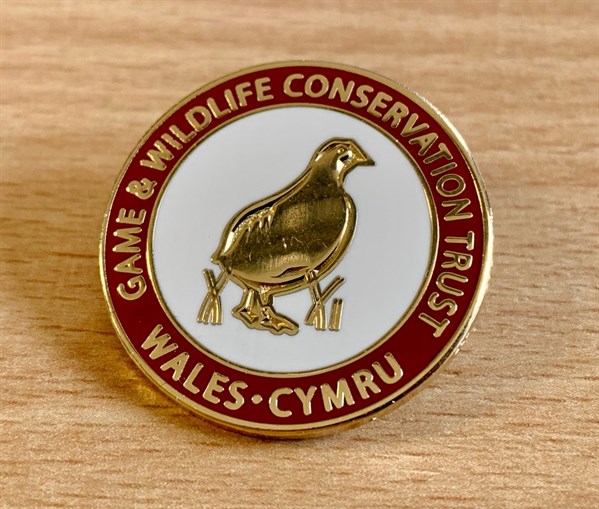Don’t stop feeding your farmland birds now the shooting season has ended, was the unequivocal message by Sue Evans, GWCT Wales director, talking at at Central Association of Agricultural Valuers, rural economy conference in Llandrindod last month (Feb,19).
“A combination of seed bearing cover crops in early winter and feed hoppers through the ‘hungry gap’ into spring, need to be available if we intend to increase our bird numbers which have halved since 1970,” adds Ms Evans.
The Game & Wildlife Conservation Trust’s Big Farmland Bird Count held in February, has seen 100s of people in Wales getting out on farm to see what birds we have at this time of year.
“Not surprisingly the ones where lots of birds were seen is where farmers have wild bird seed cover crops and are putting out feed stations on the farm to help them survive the depths of winter, says Ms Evans, who adds that cover crops, particularly the ones which have kale and quinoa in, are a lifeline to birds.
“Birds need our help especially after Christmas when all the berries and seeds have gone,” she explains, who points to GWCT’s scientific research which shows that supplementary feeding, legal predator control and quality habitats dramatically increases songbird populations and is achievable even on the most productive farms.
“Farmers are constantly frustrated that even after much habitat improvement work they are still not seeing the increase in bird number that they would like to see. A good food supply means that birds will be strong enough to breed,” says Ms Evans, who agrees that the habitat work done through the agri-environment schemes has played a positive part in providing shelter and warmth for birds, but much more is needed. Habitat alone is not enough.
“If we really want to reverse the much talked about bird declines, there is an answer, there is scientific proof that the three legged stool approach of habitat, food provision and protection shown by GWCT can reverse the decline in birds population alongside productive farming,” she concludes, stating that “an improved agri-environment scheme with more viable, flexible options for cover crops and supplementary feeding can make a huge difference in increasing biodiversity and shouldn’t impact the farms bottom line if it is properly incentivised”.
“The aim of the Big Farmland Bird Count is to raise awareness of the great conservation work being done on farms across Wales and to also highlight what can be done to help farmland birds survive this difficult time of year so that the breeding populations are increased.”

Get your GWCT Wales Badge for just £5
Show your support for our work by wearing the Game & Wildlife Conservation Trust Wales Supporters Badge with pride.
View Badge >
or
Buy Now - £5 >
100% Secure. All Credit & Debit cards, PayPal, Apple Pay and Google Pay accepted.

Notes to editors
The Game & Wildlife Conservation Trust – providing research-led conservation for a thriving countryside. The GWCT is an independent wildlife conservation charity which has carried out scientific research into Britain’s game and wildlife since the 1930s. We advise farmers and landowners on improving wildlife habitats. We employ more than 60 post-doctoral scientists and other research staff with expertise in areas such as birds, insects, mammals, farming, fish and statistics. We undertake our own research as well as projects funded by contract and grant-aid from government and private bodies.
For information, contact:
Eleanor Williams
Telephone: 07592 025476
Email: press@gwct.org.uk